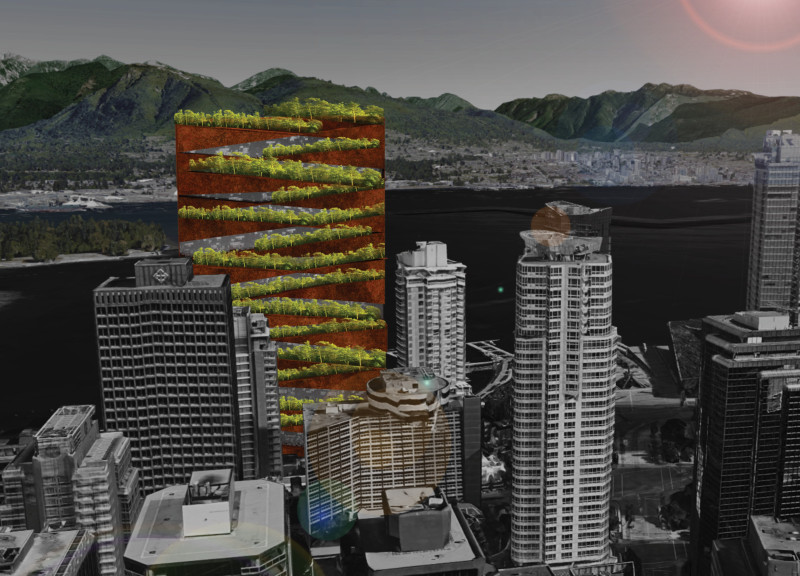5 key facts about this project
The primary function of this project is to serve as a multipurpose space that caters to diverse activities, enabling a seamless transition between different uses. This flexible design approach allows for adaptability, ensuring that the interior can be tailored to accommodate various events, gatherings, or daily operations. The layout is meticulously planned, fostering easy circulation and interaction among users while providing an inviting atmosphere that encourages engagement.
As one explores the important elements of the design, it becomes evident that each detail has been carefully considered. The exterior facade is characterized by its distinctive materials, which may include concrete, glass, wood, steel, and stone. These materials not only contribute to the visual appeal of the architecture but also enhance its structural integrity and environmental performance. The use of large glass panels promotes natural light, creating a connection between the interior spaces and the outdoors, which is a critical aspect of modern architectural design.
Inside, the design further emphasizes openness and functionality. The floor plan facilitates a natural flow, allowing users to navigate the space effortlessly. Strategic placement of communal areas encourages collaboration and social interaction, crucial for a multipurpose facility. Attention to acoustics and lighting is evident, ensuring that spaces are not only visually appealing but also comfortable and conducive to their intended functions.
Unique design features set this project apart from conventional architectural solutions. The integration of biophilic design principles reflects a commitment to sustainability, with elements such as green roofs, living walls, and native landscaping that promote biodiversity and enhance the well-being of inhabitants. This approach aligns with contemporary architectural ideas that prioritize environmental responsibility and user-centered design.
Additionally, the project may include innovative technology that enhances user experience, such as integrated smart systems for heating, cooling, and lighting. These systems can be adjusted based on occupancy and natural conditions, improving energy efficiency and user comfort. This level of thoughtfulness showcases a deep understanding of modern architectural challenges, where sustainability and usability are vital.
In essence, this architectural project stands as a forward-thinking representation of how design can address contemporary needs while respecting the surrounding environment. Its commitment to adaptability, sustainability, and user engagement demonstrates the potential of architecture to foster community and encourage interaction among its users. For those interested in delving deeper, this project's architectural plans, sections, and various design elements provide an excellent opportunity to explore the underlying architectural ideas and intentions further. By engaging with these aspects, one can appreciate the detailed considerations that inform this impressive work of architecture.


























